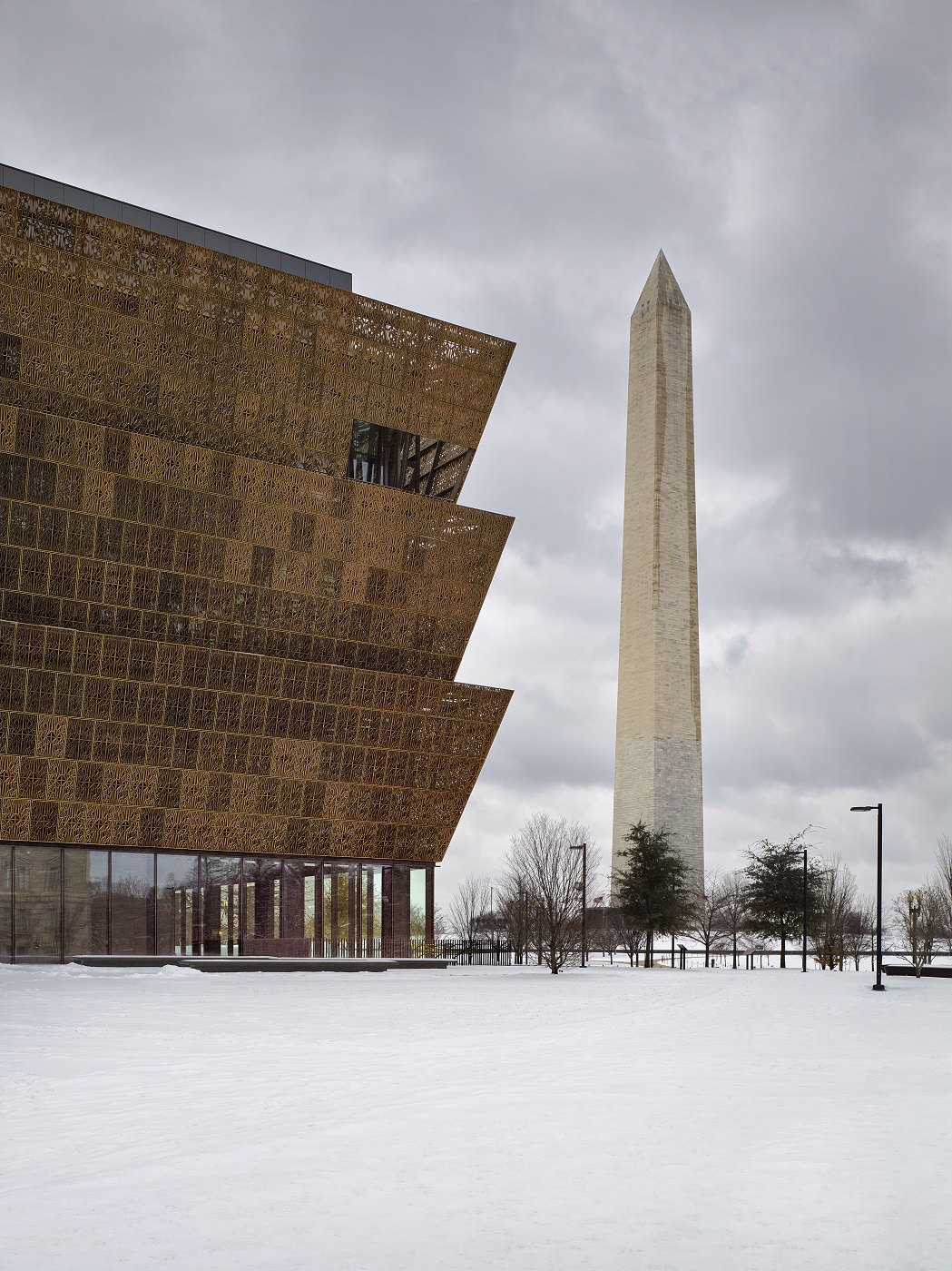Educators’ tips for museum visits during Black History Month

Make a plan and visit the museum’s website in advance
February is Black History Month. A visit to a museum is a great way to learn about history. But some parents are hesitant, fearing their children will be bored or turned off to the experience.
Taking the Kids asked educators from the National Museum of African American History and Culture (NMAAHC) in Washington D.C. for some expert tips on making the most of a family visit to a museum of historic site:

What to you recommend for families with young children?
For young children, museums and other cultural venues can serve as an important foundation for future learning and inspire new interests. A carefully planned visit can create lasting family memories. These sites offer so much to see, hear, and do for children of all ages. To ensure a successful visit, view the museum’s website in advance. Select a specific object or area you wish to see. Museums and historic sites create opportunities to connect with humans across time and space, offering the opportunity to see what makes us the same and what makes us different. Ask yourself and others open ended questions that encourage careful looking. What do you see? What makes you say that? What else do you see? The more you look, the more you will discover. Move into other open-ended questions including How does this make you feel? I wonder… Museums are places that can inspire more questions, personal meaning making, and empathy, not merely be repositories of artifacts and information.
To ensure these learning moments happen, consider the logistics before your visit. Download maps or visit activities and upon arrival, check in at the Information Desk or staff to see if there is something specific for children in your group. And make sure you plan where to rest and eat during your visit.

If families can’t visit Washington, DC, where would you suggest they visit during Black History Month?
Fortunately, there are many museums, cultural centers, National Parks, and other significant sites that tell the role of African Americans in America. An internet search reveals a list of over 100 African American museums across the nation. African American history is American history, consider wherever you go as an opportunity to seek out lesser known stories and honest history.
The Smithsonian’s Museum on Main Street lists exhibitions and educational resource in many states. Their 50 States/50 Stories holds a trove of resources on a variety of topics.
For time or convenience, you may wish to visit the National Museum of African American History and Culture via its Searchable Museum. Select an object or a “lesser-known story” to share with a child from the comfort of one’s home. For families with young children, explore the museum’s Joyful ABC Learning Series, which includes resources and videos, to support first conversations about history and identity with children starting at birth.

How can parents best start a conversation about how art can mobilize people, whatever their ages?
Art has the power to inspire, unite, and activate. Humans are innately creative, which manifests differently in everyone. Create an environment at home that supports creative expression in all it different forms. From this foundation, layer in conversations about the need to make the world a better place. There are many opportunities to create a fairer and more just world where everyone should and can thrive. Follow your child’s interests and your family’s values.
Always start with who your children are and where they are developmentally. For example, fairness is a profound part of every child’s daily life. Children can gain a greater understanding of fairness through everyday examples of fair and unfair and conversations about what this looks like. Story time together can be a meaningful and fun way to start conversations about complex topics like fairness. As you read books with your child, draw attention to behaviors where people are taking turns or helping each other. Ask your child questions like: How did they show fairness to the other person? or How did they help each other? Ask what they would do to be fair or helpful in the same situation. Be sure to point out examples of fairness in daily life and children’s videos too! Then pair it with an age-appropriate story from history and examples of how art has been used to reflect history and inspire change.
For early learners, our Learning Together and Joyful Fridays programs and online Learning Together: Museums objects resources offers images and activities Collections: Learning Together: Museum Objects | Smithsonian Learning Lab (si.edu)
Parents and educators may use our learning resources from the Read Between the Brushstrokes – Using Visual Art as a Historical Source. North Star: A Digital Journey of African American History | National Museum of African American History and Culture (si.edu)
Given all the divisiveness in our country right now, how can this celebration of Black arts achievements help bring people together?
Art transcends differences and unites us in our shared humanity. For children, the celebration of Black arts achievements is a powerful opportunity. It demonstrates there are creative ways to create a more just and inclusive world through imagination and art. Creating a new world requires imagination, which children have in abundance. In addition to exposing your child to Black arts achievement, encourage your child to make creative choices in everyday moments of art and play and watch the way their creativity will impact the world.
